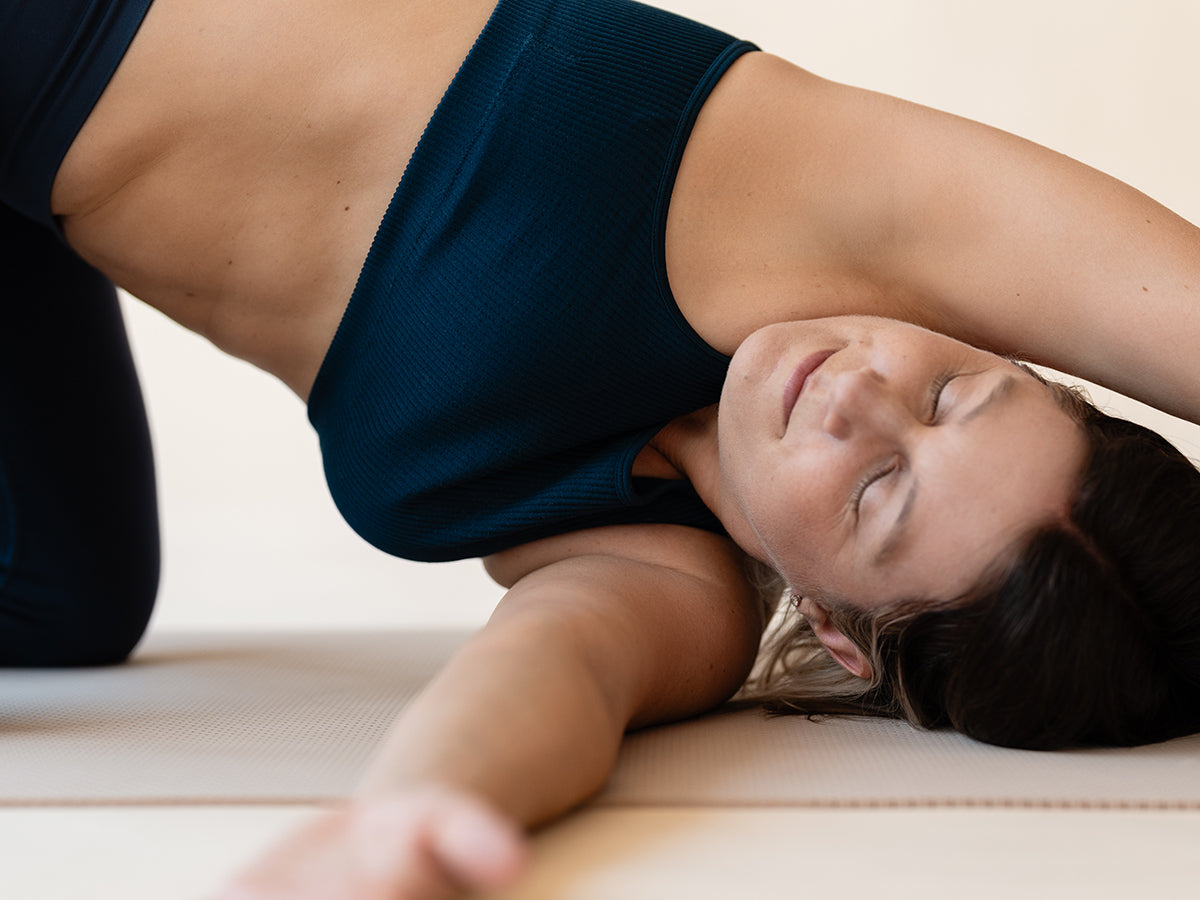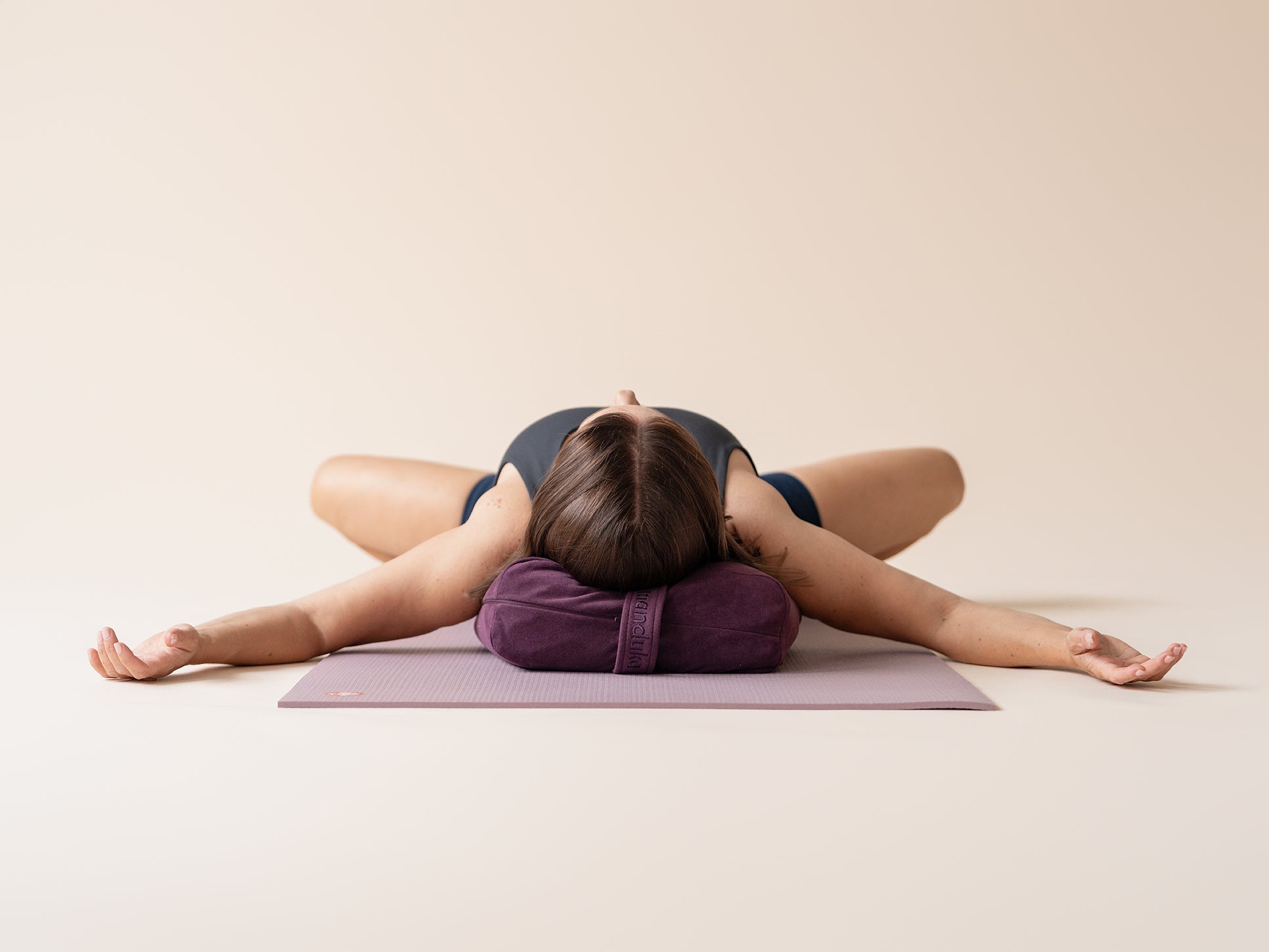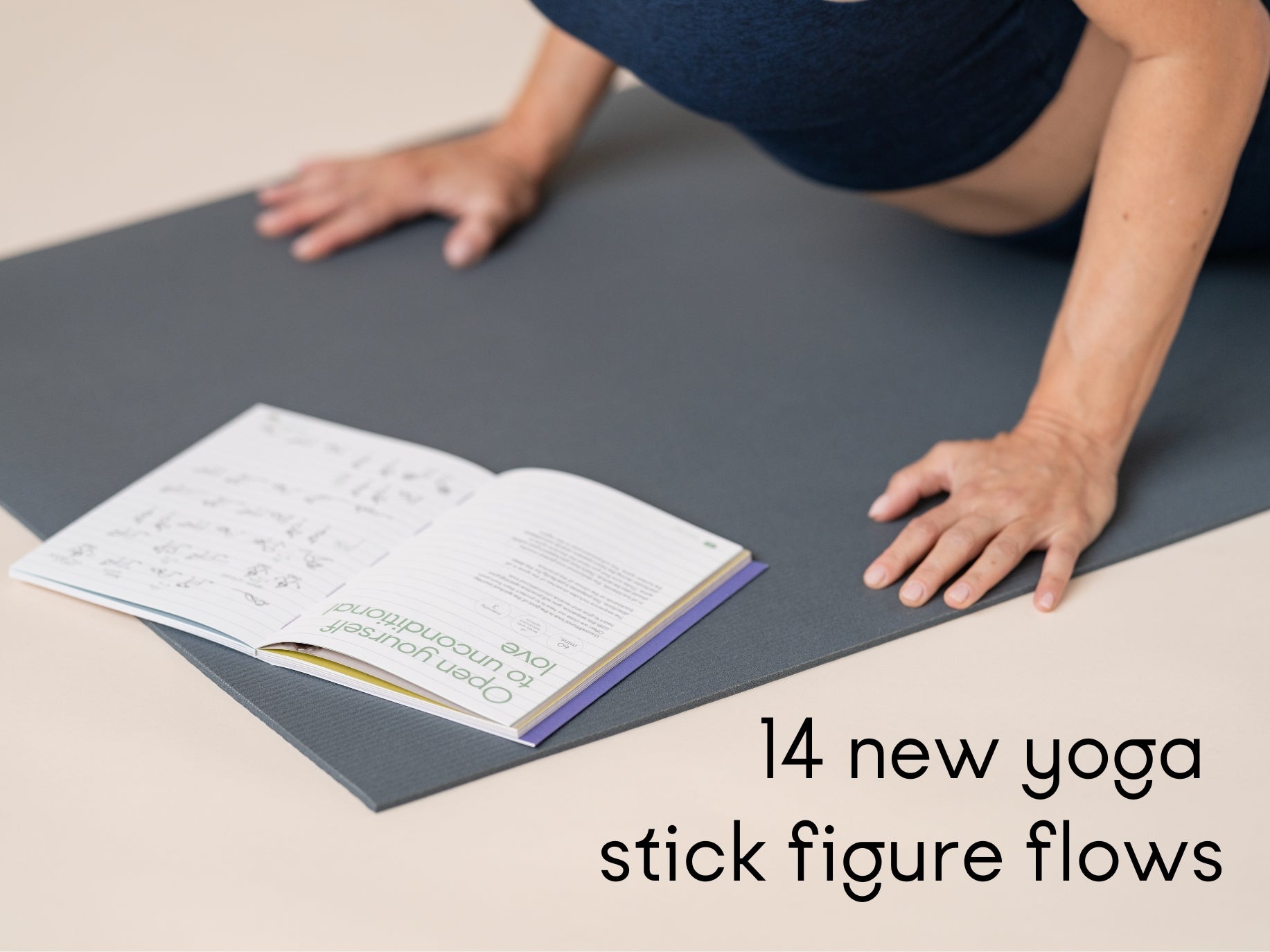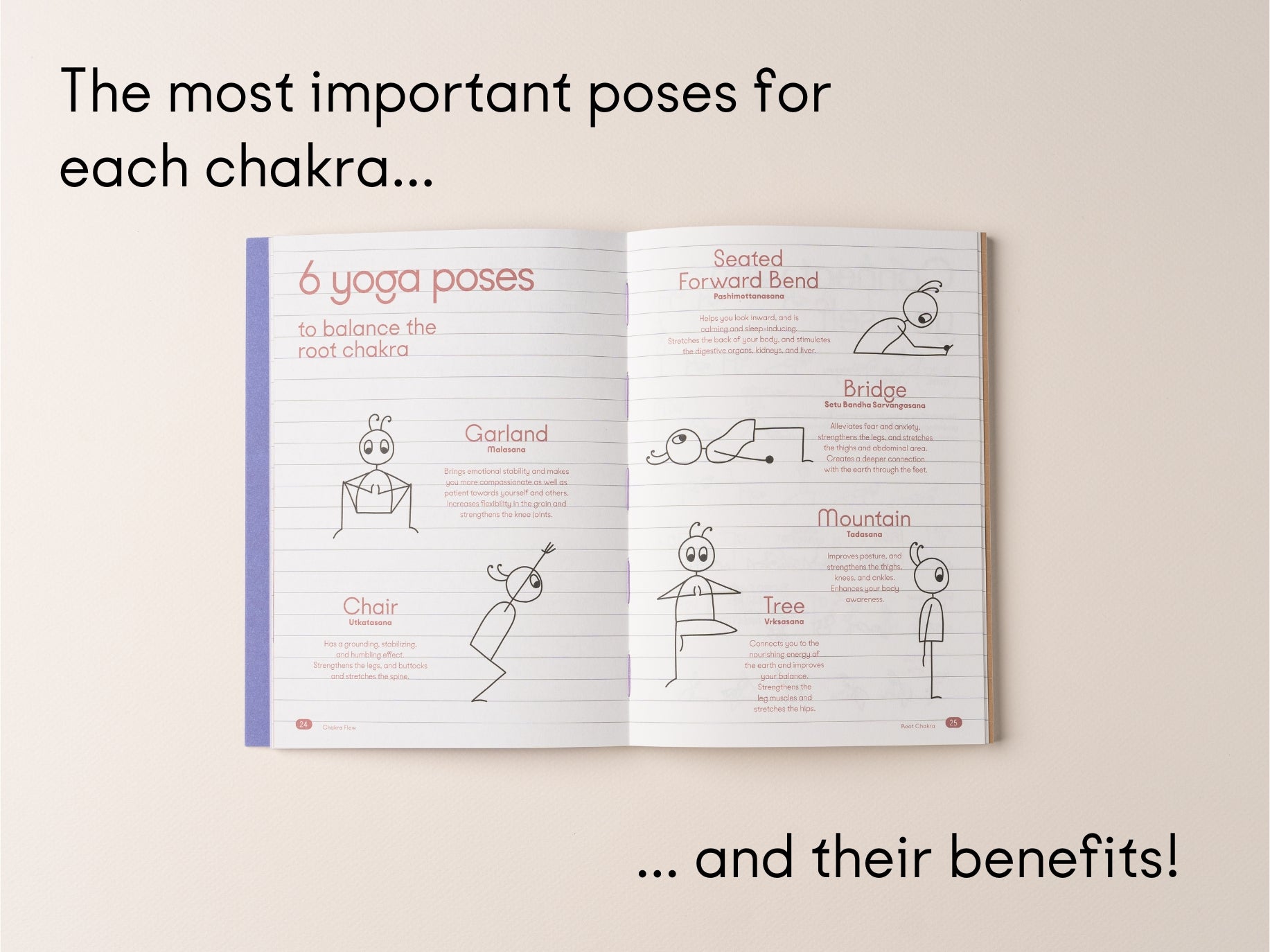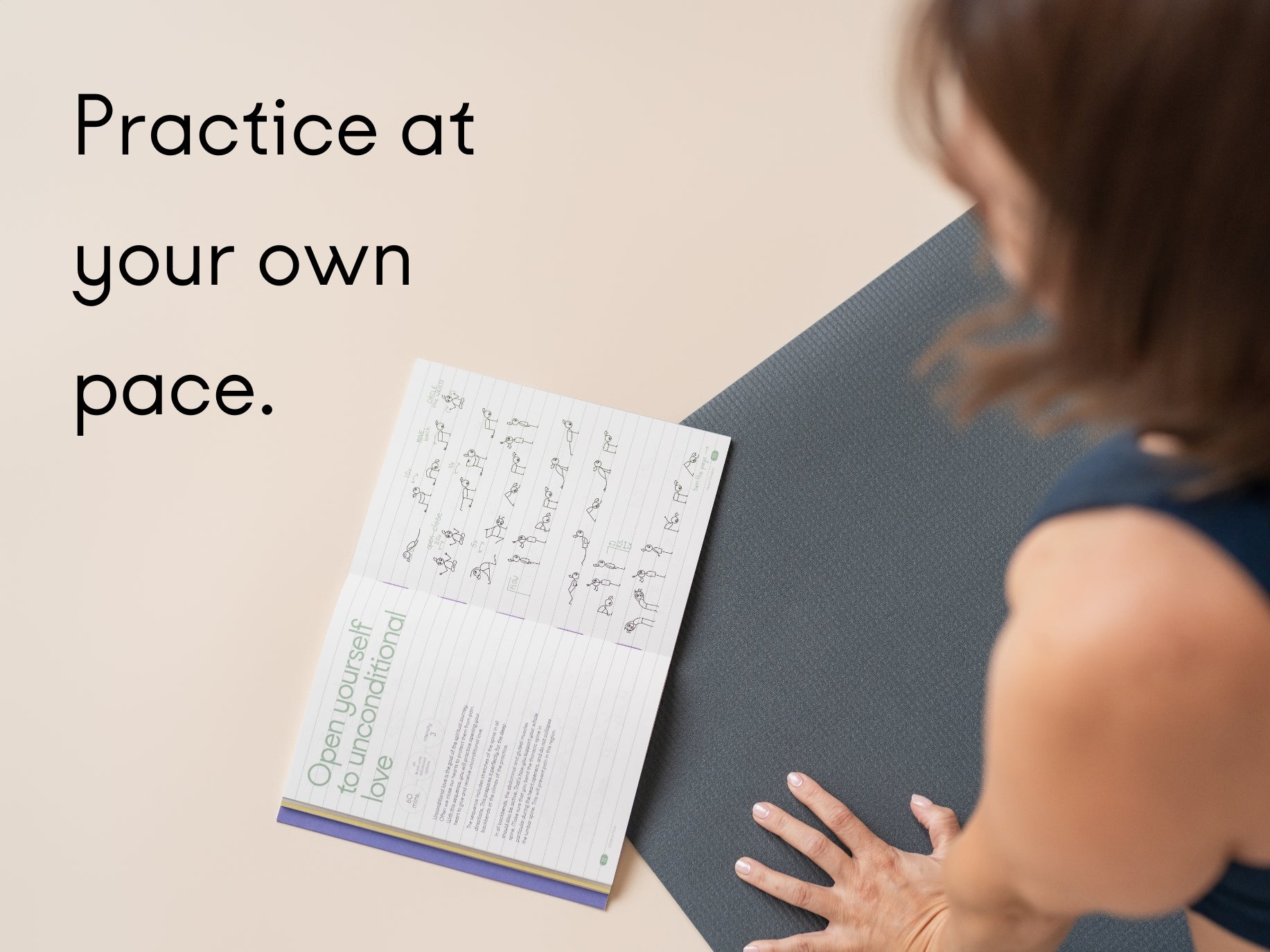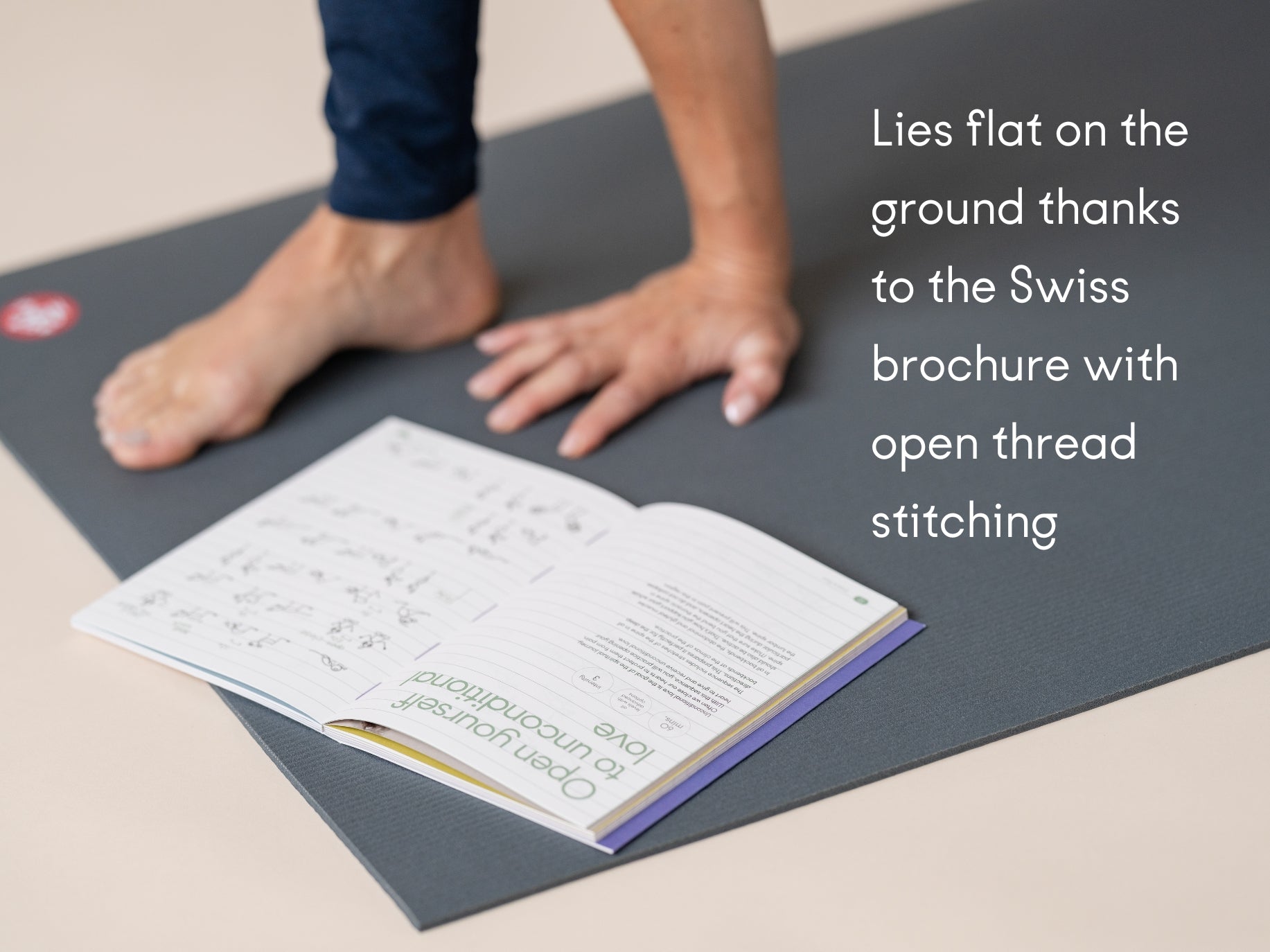Many people turn to yoga, stretching routines, or mobility exercises in hopes of becoming more flexible. Yet, despite their dedication, some find their flexibility hitting a plateau. If you're in this situation, you've likely asked yourself: Why isn’t my flexibility improving? The answer might not lie in your muscles alone, but in your fascia—the often-overlooked connective tissue that plays a significant role in mobility and flexibility.
In this blog, we’ll explore why flexibility may not be improving, the role of fascia in your body, and how to train it properly for lasting progress.
What is Fascia, and Why Is It Important?
Fascia is a web-like connective tissue that wraps around and connects everything in your body—your muscles, bones, organs, nerves, and blood vessels. Imagine it as a thin, sticky net that holds your body together. While we often focus on muscles when talking about flexibility, fascia is equally important because it contributes to how easily you can move.
When fascia becomes tight or restricted, it limits your range of motion, no matter how much you stretch your muscles. Over time, fascia can become stiff or "stuck," especially if you spend a lot of time sitting, have poor posture, or don’t move through full ranges of motion regularly. This stiffness is one of the main reasons people don’t see improvement in their flexibility, even with consistent stretching.
Signs Your Fascia is the Problem
If your flexibility seems stuck, it might be due to tight or dehydrated fascia. Here are a few signs that your fascia could be holding you back:
- You feel stiff, even after stretching.
- You experience localized pain or discomfort in areas like the hips, back, or neck.
- Stretching doesn’t lead to long-term improvements—you feel flexible one day but tight again the next.
- You have restricted movement in certain areas that feel more like a “pull” than typical muscle tightness.
Why Traditional Stretching Isn’t Enough
The classic approach to improving flexibility usually focuses on stretching muscles. You might hold a hamstring stretch for 30 seconds or flow through various yoga poses, but if your fascia is tight, these stretches won’t make a lasting difference.
Fascia responds best to different techniques than muscles do. It requires slow, deliberate movements, hydration, and a focus on releasing tension. Without addressing the health of your fascia, stretching will feel like a temporary fix, and your flexibility may remain stagnant.
How to Train Your Fascia for Flexibility
Now that you know fascia is key to unlocking your flexibility, let’s talk about how to train it properly. Here are some effective strategies to target and release fascia, so you can finally see real progress in your flexibility.
1. Fascial Release Techniques
Fascial release methods focus on loosening the layers of fascia to restore smooth movement between muscles and joints. One of the best-known methods is self-myofascial release using foam rollers, massage balls, or specialized tools. By applying pressure to trigger points or tight areas, you help release fascial adhesions.
- How to do it: Slowly roll over the tight area (e.g., hamstrings, back, quads), pausing on any spots that feel particularly tense. Hold the pressure for 20-30 seconds, allowing the tissue to release.
- Key tip: Be gentle! Fascia is sensitive, and too much force can cause inflammation or make the tissue tighter. Ease into it, and always move slowly.
2. Dynamic Stretching, Mobility Work & Jumping
Unlike static stretching, which involves holding a stretch for an extended period, dynamic stretching involves controlled movements that take your muscles and fascia through their full range of motion. This movement encourages hydration of the fascia and increases blood flow, which is vital for making the tissue more pliable.
- How to do it: Incorporate movements like leg swings, arm circles, or gentle lunges before or after your workout. Gradually increase the range of motion as your body warms up. Alternate between two stretches, hold a pose for a second and then switch. You can find many of these exercises in my book Chakra Flow. Jumping and bouncing movements also help to hydrate the fascia and make it more flexible.
- Key tip: Think of these movements as “active stretching” and try to move with fluidity and control.
3. Hydration and Nutrition
Fascia is primarily composed of water and collagen, making hydration essential for its health. Dehydrated fascia becomes stiff and less flexible, making movement feel tight and restricted.
- How to do it: Drink plenty of water throughout the day, especially before and after physical activity. Eating a collagen-rich diet (found in bone broth, certain fish, and leafy greens) can also help maintain the elasticity of your fascia.
- Key tip: Combine hydration with fascial release techniques. Well-hydrated fascia responds better to stretching and release work.
4. Not too long and not too deep
Some people think that they just need to stay in a stretch long enough and the flexibility will come. But unfortunately, the opposite is actually the case. You may gain more flexibility in the short term by stretching for a long time, but this 'gain' is not maintained in the long term. Most people also go too far when stretching. Studies show that flexibility improves even if you only stretch to 80% of your full range.
- How to do it: Do not hold poses for longer than 2 minutes. Even better: alternate and do 2x one minute or 4x 30sec. Go to a maximum of 80 percent of your stretching capacity.
- Key tip: Stay mindful of tension in your body. If you feel pain, back off. At 80% you feel a stretch, but no pain or discomfort.
5. Movement Variety
Fascia thrives on variety and movement. If you perform the same stretches or movements repeatedly, the fascia can become stiff and adapt in a way that limits your flexibility. Incorporating varied movements into your routine will help keep your fascia supple and prevent it from hardening.
- How to do it: In addition to your regular yoga practice, try activities like dance, martial arts, or even hiking to introduce new movement patterns to your body.
- Key tip: Focus on moving through full ranges of motion, paying attention to the areas where you feel tight or restricted.
Be Patient—Fascia Takes Time to Change
Unlike muscles, which can adapt relatively quickly, fascia takes more time to respond to training. Don’t get discouraged if you don’t see immediate progress. Consistent attention to fascial health will gradually improve your flexibility, and you’ll start to notice lasting changes.
Final Thoughts
If you’re wondering why your flexibility isn’t improving, the answer might lie in your fascia. By understanding the role of fascia in your body and incorporating fascial release, hydration, and dynamic movement into your routine, you can overcome flexibility plateaus. Training your fascia requires a little more mindfulness and time, but the results will lead to long-term improvements in your mobility, comfort, and overall movement.
So, the next time you feel stiff despite your best efforts, remember: it’s not just about stretching your muscles—it’s about freeing your fascia!

